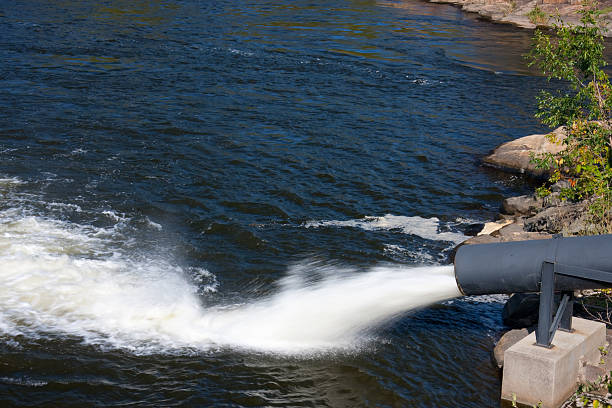TOLUENE

Toluene is predominantly used as an industrial feedstock and a solvent. Safe Home offers a few kits that provide drinking water testing for Toluene in city and well water supplies.
Parameter Type: Drinking Water Testing for Volatiles
Parameter Name: Toluene
What it is and Where it Comes From:
Toluene, also known as toluol is a substituted aromatic hydrocarbon. It is a colorless, water-insoluble liquid with the smell associated with paint thinners. It is a mono-substituted benzene derivative, consisting of a methyl group (CH3) attached to a phenyl group. As such, its systematic IUPAC name is methylbenzene. Toluene is predominantly used as an industrial feedstock and a solvent. Toluene is found naturally in crude oil and is used in some types of paint thinner, permanent markers, contact cement and certain types of glue. Toluene is sometimes used as a recreational inhalant and has the potential of causing severe neurological harm. Drinking water testing gives you several benefits like peace of mind, identifying contaminants in your water, and insight into health concerns. Safe Home offers Laboratory drinking water testing kits for Toluene, allowing you to collect your water sample and ship it directly to our EPA-Certified Laboratory. This platform of drinking water testing for Toluene will give you an accurate level based on the lowest level of a parameter our instruments can detect (Method Detection Level). Safe Home drinking water testing for volatiles can be used for city and well water supplies. Drinking water testing should be done any time you notice a significant change in your water quality.
Health Effects:
Exposure to toluene can cause eye and nose irritation, tiredness, confusion, euphoria, dizziness, headache, dilated pupils, tears, anxiety, muscle fatigue, insomnia, nerve damage, inflammation of the skin, and liver and kidney damage. Symptoms also include drowsiness, ataxia, tremors, cerebral atrophy, nystagmus (involuntary eye movements), and impaired speech, hearing, and vision. Cardiac arrhythmia has also been reported in humans acutely exposed to toluene. Following the ingestion of toluene, a person died from a severe depression of the CNS (central nervous system). Constriction and necrosis of myocardial fibers, swollen liver, congestion and hemorrhage of the lungs, and tubular kidney necrosis were also reported. Acute exposure of animals to toluene has been reported to affect the CNS as well as to decrease resistance to respiratory infection.
Solutions to Contaminant Levels:
What are the next steps after drinking water testing? A filter with granular activated carbon (GAC) is a proven option to remove certain chemicals, particularly organic chemicals, from water. GAC filters also can be used to remove chemicals that give objectionable odors or tastes to water such as hydrogen sulfide (rotten eggs odor) or chlorine. Reverse osmosis is a process that removes foreign contaminants, solid substances, large molecules, and minerals from water by using pressure to push it through specialized membranes. Here’s how reverse osmosis works. Unlike osmosis, which is a passive process, reverse osmosis requires external force (pressure) to work. Pressure is applied to a highly concentrated solute solution, such as salt water, to pass through a membrane to a lower concentrate solution. The membrane allows water to flow through but blocks out larger molecules, like contaminants. The reverse osmosis process leaves higher concentrations of solute on one side and only the solvent, or freshwater, on the other. Who do I need to contact to find out more information about water quality in my area? Every community water supplier must provide an annual report to its customers, known as a Consumer Confidence Report (CCR). The report provides information on your local drinking water quality, including the water’s source, contaminants found in the water, and how consumers can get involved in protecting drinking water. How often does the local public water system preform drinking water testing? Frequency of drinking water testing depends on the number of people served, the type of water source, and types of contaminants. Certain contaminants are tested more frequently than others, as established by the Safe Drinking Water Act. You can find out about levels of regulated contaminants in your treated water for the previous calendar year in your annual Consumer Confidence Report (CCR).


